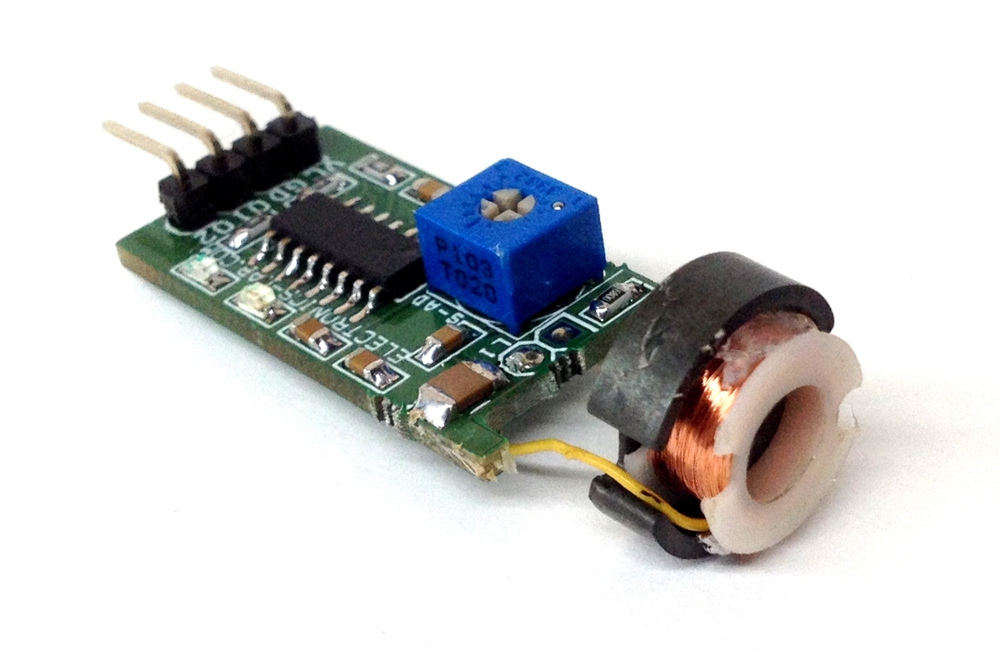I have a machine that drops things into a 0.5 inch clear tube. I have a switch that detects when the tube is full. (A VX-53K-1C23 on/off lever switch to be exact.) The switch turns off the dropping mechanism when full. The problem is that the mechanical lever on the switch often gets in the way. The items are very light.
I am looking to design a detection device that senses if the tube is full without using a lever. Minimal impact to the tube is preferable. Needs to take about 5 A 120-240 (AC/DC). I was thinking of a infrared or laser but could not find any out of the box for a sub 1" detection.
Any suggestions would be appreciated.
I am looking to design a detection device that senses if the tube is full without using a lever. Minimal impact to the tube is preferable. Needs to take about 5 A 120-240 (AC/DC). I was thinking of a infrared or laser but could not find any out of the box for a sub 1" detection.
Any suggestions would be appreciated.


